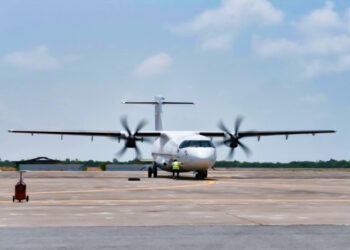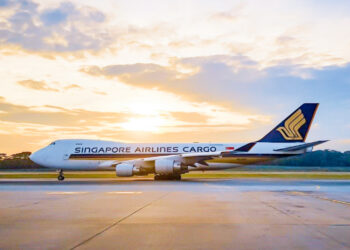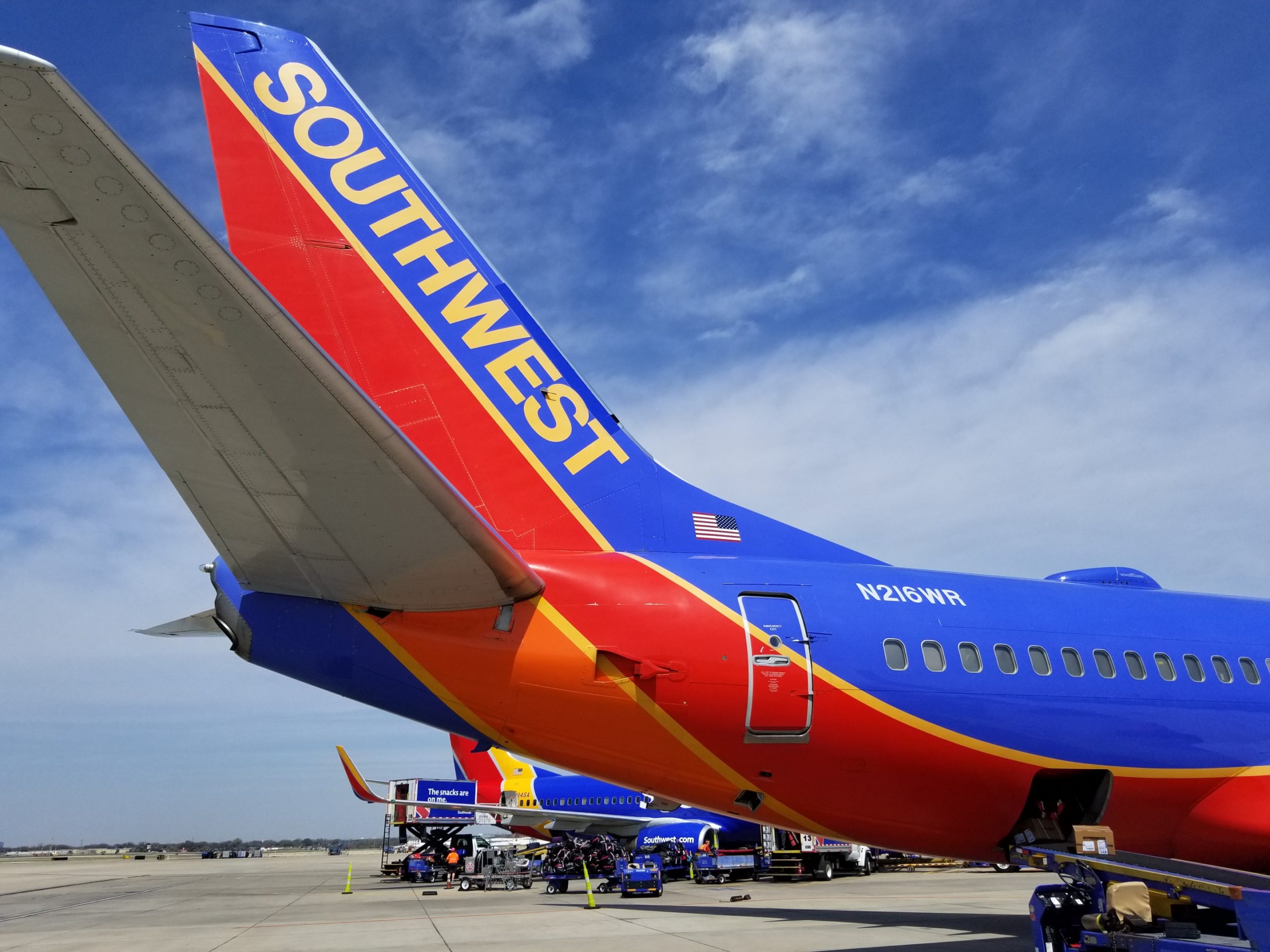No products in the cart.
A strong cargo performance wasn’t enough to keep Cathay in the black in 2017
 Cathay Pacific Airways’ cargo business soared in 2017, but the carrier nonetheless reported a net loss of US$161 million, as “fundamental structural changes within the airline industry continued to create a challenging operating environment for our airline businesses.” Which is executive-speak for something like “competition in the passenger business was really tough, and our yields fell.” The bright side of this rather dark result is that while the loss in the first half of the year was steep ($262 million), the second half produced a net profit of $101 million.
Cathay Pacific Airways’ cargo business soared in 2017, but the carrier nonetheless reported a net loss of US$161 million, as “fundamental structural changes within the airline industry continued to create a challenging operating environment for our airline businesses.” Which is executive-speak for something like “competition in the passenger business was really tough, and our yields fell.” The bright side of this rather dark result is that while the loss in the first half of the year was steep ($262 million), the second half produced a net profit of $101 million.
As can be seen in the chart, Cathay’s cargo business did very well, with 2017 revenue up almost 20% to $3.06 billion. Cargo traffic for the year was up 9.0% over 2016 to 11.63 billion RTKs – very much in line with worldwide demand growth of about 9% as reported by both IATA and WorldACD – and this, combined with a relatively low increase in capacity, pushed the carrier’s cargo load factor up 3.4 percentage points to 67.8%. Cargo yield also rose by double-digits, up 11.3% to $0.226 per RTK. However, as the company pointed out, some of the yield increase was driven by the resumption of fuel surcharges in April, so not all of the increase fell through to the bottom line.
And speaking of the bottom line, Cathay, like Air France-KLM, has chosen not to provide a divisional operating result for its cargo operations. Why? Because “the major revenue earning asset is the aircraft fleet which is used for both passenger and cargo services. Management considers that there is no suitable basis for allocating such assets and related operating costs between the two segments. Accordingly, passenger and cargo services are not disclosed as separate business segments.”
As we reported yesterday, worldwide growth in air freight demand remained strong in the first two months of 2018, and Cathy said it expected another good year for its cargo business.
As part of its annual report, Cathay Pacific provided the following summary of its cargo operations in 2017:
- Cargo demand was robust throughout 2017. Tonnage carried grew faster than capacity. Yield benefited from the resumption (from April) of the collection of fuel surcharges in Hong Kong and from strong demand for Mainland China exports.
- In February 2017, Cathay Pacific’s joint business agreement with Lufthansa Cargo AG came into effect on cargo routes from Hong Kong to Europe. It will come into effect on routes from Europe to Hong Kong in the third quarter of 2018.
- In June 2017, we wet-leased two Atlas Air Worldwide Boeing 747-8F freighter aircraft. This enabled us to increase the frequencies of our cargo services to the Americas and to India.
- Cargo exports from Mainland China were very strong in the second half of 2017, particularly on trans-Pacific routes.
- Demand for shipments of perishable goods to Mainland China increased.
- Demand for shipments to and from the Indian sub-continent was strong.
- Demand for shipments within Asia was significantly stronger in 2017 than in 2016, particularly of fresh produce, mail and e-commerce items.
- Shipments to and from South America grew strongly, assisted by interline arrangements.
- The performance of our European routes improved. Increased shipments of pharmaceutical products benefited yield.
- In March 2017, we increased the frequency of our Delhi cargo service from four to five flights per week.
- In June 2017, we increased the frequency of our Chennai cargo service from four to six flights per week.
- In September 2017, we increased the frequencies of our cargo services to Hanoi from six to seven flights per week and to Portland Oregon from two to three flights per week. The Portland Oregon service was introduced in November 2016.
- In April 2017, we started to collect fuel surcharges again in Hong Kong.
- In 2017, we retired two Boeing 747-BCF converted freighters.
- Cathay Pacific Services Ltd’s (CPSL) air cargo terminal handled 2.1 million tonnes of cargo in 2017, an increase of 16.7%. The terminal handles cargo for Cathay Pacific, Cathay Dragon, Air Hong Kong and 14 other airlines.
- In October 2017, with CPSL and HAS, we received certification from the center for excellence for independent validators (CEIV) in pharmaceutical logistics





